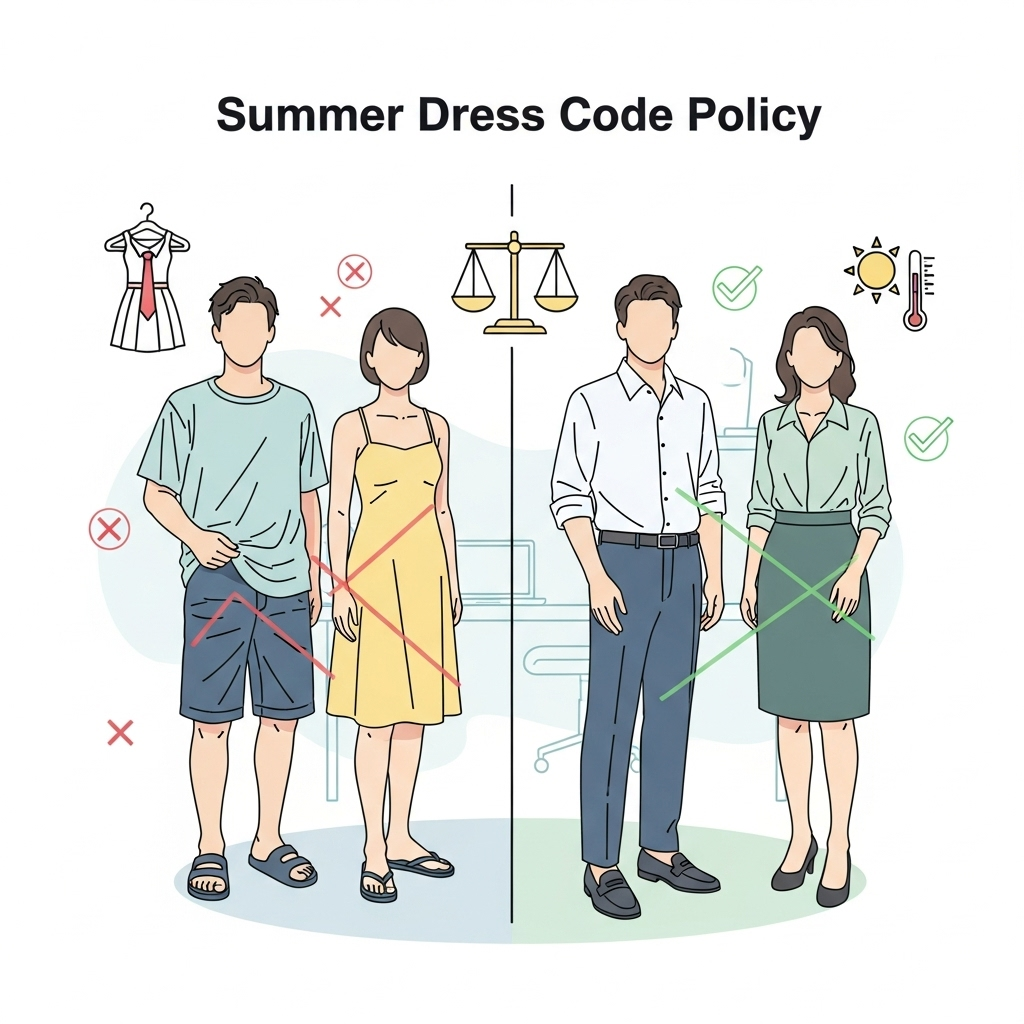Definition
A Meal Rest Break Policy is a set of guidelines established by an organization to ensure that employees have designated times during their workday to take breaks for meals and rest. This policy not only aligns with labor regulations but also emphasizes the company’s commitment to employee well-being and productivity.
Key Components
Understanding the key components of a Meal Rest Break Policy is essential for both employers and employees. A well-crafted policy addresses various aspects of break times, ensuring clarity and compliance.
- Meal Periods: Employees working more than five consecutive hours are entitled to an uninterrupted 30-minute unpaid meal break. This break must occur before the end of their fifth hour. For instance, if you start your shift at 9 AM, you should take your meal break by 2 PM at the latest.
- Rest Breaks: Employees are entitled to a 10-minute paid rest break for every four hours of work. Ideally, these breaks should be scheduled around the middle of your work period. For example, if your shift is from 9 AM to 1 PM, you’ll get a rest break around 11 AM.
- Scheduling: Managers play a vital role in scheduling breaks to ensure that operations run smoothly while complying with the policy. It’s important to communicate your need for a break to your supervisor, so they can plan accordingly.
- Recordkeeping: Employees are responsible for accurately logging their meal and rest breaks on their timesheets. This helps maintain transparency and compliance with the policy. If you forget to clock out for your break, be sure to notify your manager right away.
- Non-Compliance: Understanding the consequences of not adhering to the policy is crucial. Failure to take breaks as outlined may lead to disciplinary action. If you feel your rights under this policy have been violated, it’s important to report your concerns to HR.
- Training: Regular training sessions will be provided to all employees and managers to ensure everyone understands the Meal Rest Break Policy. This training will address common questions and clarify expectations.
Importance in the Workplace
Implementing a Meal Rest Break Policy is essential for fostering a positive workplace culture. When employees take regular breaks, they tend to be more productive and engaged. For instance, imagine working in a high-stress environment without breaks—fatigue and burnout can set in quickly, affecting both morale and output. Conversely, providing structured break times can boost creativity and problem-solving skills, leading to a more dynamic work environment. Think of it as recharging your batteries; a well-rested employee is often a happier and more efficient one.
Best Practices
To effectively implement a Meal Rest Break Policy, consider these best practices that can help you maintain compliance and promote a supportive workplace:
- Communicate Clearly: Ensure that all employees are aware of the Meal Rest Break Policy. Use emails, team meetings, and employee handbooks to share the policy and its importance.
- Encourage Feedback: Create an open-door policy where employees can discuss their needs regarding meal and rest breaks. This can help identify areas of improvement and ensure that everyone feels heard.
- Monitor Compliance: Regularly review timesheets and break logs to ensure that employees are taking their entitled breaks. If you notice trends of skipped breaks, address these concerns promptly.
- Flexibility: Be open to adjusting break schedules based on workload or employee feedback. If a team is particularly busy, consider allowing them to take breaks at staggered times to maintain workflow.
- Lead by Example: Managers should model the behavior they expect from employees. If you prioritize taking breaks, your team is more likely to follow suit.
Legal Considerations
It’s crucial to stay informed about the legal requirements surrounding meal and rest breaks, as these can vary by state and federal laws. For example, the Fair Labor Standards Act (FLSA) outlines specific guidelines on breaks for non-exempt employees. While exempt employees may not be entitled to the same breaks, it’s good practice to offer them time to recharge as well. By understanding these regulations, you can ensure that your policy is compliant and protects the rights of all employees.
Conclusion
In summary, a well-defined Meal Rest Break Policy is not just a legal obligation; it’s an essential part of cultivating a healthy workplace culture. By prioritizing breaks, you support your employees’ well-being, enhance productivity, and create an atmosphere of respect and efficiency. Whether you’re an HR professional drafting the policy or an employee trying to understand your rights, embracing a clear and comprehensive Meal Rest Break Policy sets the stage for a thriving workplace. Remember, a well-rested employee is a productive employee!




